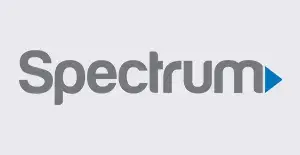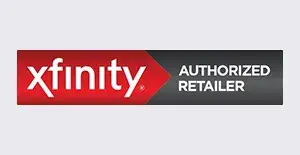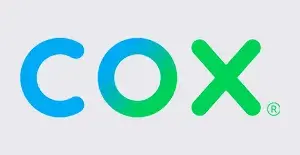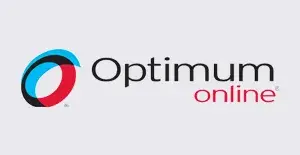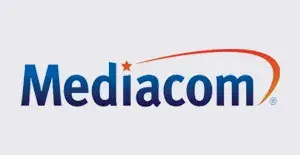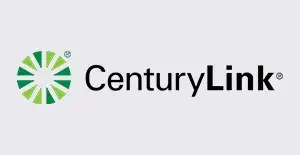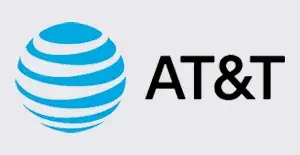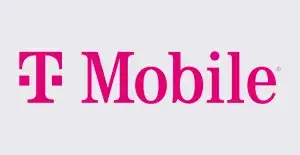Low-income households have historically experienced a significant barrier to accessing the internet due to the high costs associated with broadband services. However, the Federal Communications Commission's Affordable Connectivity Program now provides monetary discounts to eligible households for internet service and even offers a one-time discount towards the purchase of a laptop or tablet. Qualifying households are those with an income at or below 200% of the federal poverty guidelines or those who participate in certain assistance programs. Several internet providers, including Spectrum, Comcast, and CenturyLink, also offer low-cost internet options to households that meet certain eligibility requirements. The goal of these programs is to ensure that low-income individuals have access to the same digital resources that their higher-income counterparts have, regardless of their credit status or past due balances. Additionally, other resources such as EveryoneOn and the Lifeline Support Program offer discounted internet and mobile phone options for eligible households.
Types of Internet Service Options
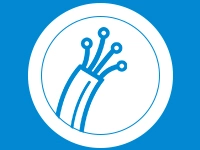
Fiber Internet
Since the early days of the internet, fiber optic cables have been a key part of our digital infrastructure. Fiber is known for its limited availability, fast speeds, and higher pricing. While it may not be the best option for everyone, fiber is still an important part of our online world. we'll take a closer look at fiber optic cables and explain why they're so important. We'll also discuss some of the benefits that come with using fiber connections.
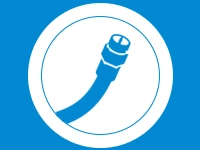
Cable Internet
Cable TV used to be the only way to get quality television programming. However, in recent years, the landscape has changed dramatically. Services like Netflix and Hulu offer on-demand content at a fraction of the cost of cable TV. So is it still worth paying for cable? we'll take a look at the pros and cons of cable TV and help you decide if it's the right choice for you.
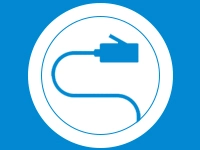
DSL Internet
DSL, or digital subscriber line, is a type of internet service that delivers high-speed broadband internet access through phone lines. DSL is often slower than cable or fiber optic services, but it can be more affordable and reliable. If you're looking for a dependable broadband connection that doesn't break the bank, DSL may be the right choice for you.
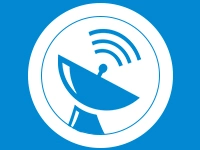
Satellite Internet
Satellite internet is a great option for people who need high-speed internet access but don't have access to cable or DSL. However, satellite internet is not available in all areas and can be slow and unreliable. Additionally, satellite internet is often more expensive than other options. If you're interested in satellite internet, be sure to check availability in your area and compare pricing before signing up.
Affordable Connectivity Program
The Affordable Connectivity Program is a federal benefit program established by the FCC to help eligible households afford the broadband they need for work, school, healthcare, and more. The program provides a discount of up to $30 per month for internet service and up to $75 per month for households on qualifying tribal lands. Eligible households can also receive a one-time discount of up to $100 to purchase a laptop, desktop computer, or tablet from participating providers. To be eligible for the program, households must have an income at or below 200% of the Federal Poverty Guidelines or meet other criteria, such as participating in certain assistance programs or having a member that received a Federal Pell Grant. The program is limited to one monthly service discount and one device discount per household. The FCC protects recipients of the Affordable Connectivity Program by empowering them to choose the service plan that best meets their needs, ensuring they have access to supported broadband services regardless of their credit status, prohibiting providers from excluding consumers with past due balances, and more. Various internet providers, including those offering landline and wireless internet service, participate in the program in different states and territories. The FCC provides outreach materials that can be customized for consumer awareness campaigns, and consumer experts are available to explain the program at events.
How to apply for Low Income Internet Program?
As internet access becomes increasingly important for work, school, healthcare, and more, low-income households may struggle to afford the broadband they need. To help address this issue, the Federal Communications Commission (FCC) has created the Affordable Connectivity Program (ACP), which provides eligible households with a discount of up to $30 per month toward internet service and up to $75 per month for households on qualifying Tribal lands. In addition, eligible households can receive a one-time discount of up to $100 to purchase a laptop, desktop computer, or tablet from participating providers. Here are the steps to follow:
1. Determine Eligibility: A household is eligible for the Affordable Connectivity Program if the household income is at or below 200% of the Federal Poverty Guidelines or if a member of the household meets at least one of the following criteria:
2. Apply for the Benefit: To apply for the Affordable Connectivity Program benefit, go to GetInternet.gov to submit an application or print out a mail-in application. Eligible households must apply for the program and contact a participating provider to select a service plan.
3. Contact a Participating Provider: Contact your preferred participating provider to select a plan and have the discount applied to your bill. Some providers may have an alternative application that they will ask you to complete.
4. Protect Consumers: FCC rules protect Affordable Connectivity Program recipients by empowering consumers to choose the service plan that best meets their needs, ensuring consumers have access to supported broadband services regardless of their credit status, and prohibiting providers from excluding consumers with past due balances or prior debt from enrolling in the program.
5. Participating Providers: Various internet providers, including those offering landline and wireless internet service, are participating in the Affordable Connectivity Program. Find internet service providers offering the benefit in your state or territory. By following these steps, eligible households can take advantage of the Affordable Connectivity Program benefit and access the internet they need at an affordable price.
Summary of low-income internet programs by provider
Several internet service providers offer low-cost internet programs for families and individuals with low incomes. Charter/Spectrum's Internet Assist program provides internet for $14.99 per month plus taxes and fees to families with at least one student who participates in the National School Lunch Program. Comcast's Internet Essentials program offers internet for $9.95 per month plus tax with no term contract, credit check, or installation fee to families with at least one child who qualifies for the National School Lunch Program. CenturyLink's Internet Basics program provides internet for $9.95 per month plus taxes and fees with a 12-month contract to households that meet income-based eligibility requirements or participate in certain federal or state assistance programs. Finally, Access from AT&T offers low-cost internet to qualifying households in Michigan for $5-$10 per month depending on options in the area. In addition, the FCC's Affordable Connectivity Program provides discounts of up to $30 per month toward internet service for eligible households and up to $75 per month for households on qualifying Tribal lands, as well as a one-time discount of up to $100 toward the purchase of a device.
Low-income internet options from top providers:
Low Income Internet Plans & Deals
| Provider | Price of cheapest regular plan w/ ACP & Lifeline |
Price of low-income initiative | Price of low-income initiative w/ ACP |
Regular plans |
|---|---|---|---|---|
| Astound Broadband | $0.00/mo. | $9.95/mo. | $0.00/mo. | (800) 427-8686 |
| AT&T | $15.75/mo. | $10.00/mo. | $0.00/mo. | (844) 905-5002 |
| CenturyLink | $10.75/mo. | N/A | N/A | (844) 340-6066 |
| Cox | $0.00/mo. | $9.95/mo. | $0.00/mo. | (844) 349-7575 |
| Frontier | $10.74/mo. | $19.99/mo. | $0.00/mo. | (844) 340-6366 |
| Google Fiber | $30.75/mo. | N/A | N/A | (833) 942-0105 |
| Mediacom | $0.00/mo. | $9.95/mo. | $0.00/mo. | (855) 213-3033 |
| Optimum | $0.00/mo. | $14.99/mo. | $0.00/mo. | (844) 297-5151 |
| Spectrum | $10.74/mo. | $17.99/mo. | $0.00/mo. | (888) 795-8789 |
| Verizon Fios | $10.74/mo. | $0.00–$49.99/mo. | $0.00–$49.99/mo. | (844) 967-4555 |
| Windstream | $0.74/mo. | N/A | N/A | (844) 905-5050 |
| Xfinity | $0.00/mo. | $9.95/mo. | $0.00/mo. | (844) 345-0888 |
Low Income Internet FAQ
1. What is Low Income Internet and Who is Eligible?
Low Income Internet is an affordable internet service available for low-income individuals and families in the United States. The eligibility criteria and pricing options may vary, but generally, a person or family with an income at or below 135% of the Federal Poverty Guidelines is eligible for this service.
2. How Can One Sign Up for Low Income Internet?
The first step to sign up for Low Income Internet is to check for internet service providers offering this service in your area. You can then visit their official website or call their customer service to check eligibility and complete the enrollment process. As proof of eligibility, you might need to provide documentation such as proof of income, statement of benefits, or other documents.
3. What Comprises Low Income Internet?
Low Income Internet is similar to regular internet service but at a lower cost. The speed and data options vary depending on the provider, but most of the time you can expect internet speeds of up to 25 Mbps and data caps of up to 250 GB per month.
4. How Much Does Low Income Internet Cost?
The price of Low Income Internet varies among internet service providers, but it commonly ranges between $10 to $20 per month. Additionally, some providers offer broadband service for free for a defined period or at a reduced rate to eligible low-income families during the pandemic.
